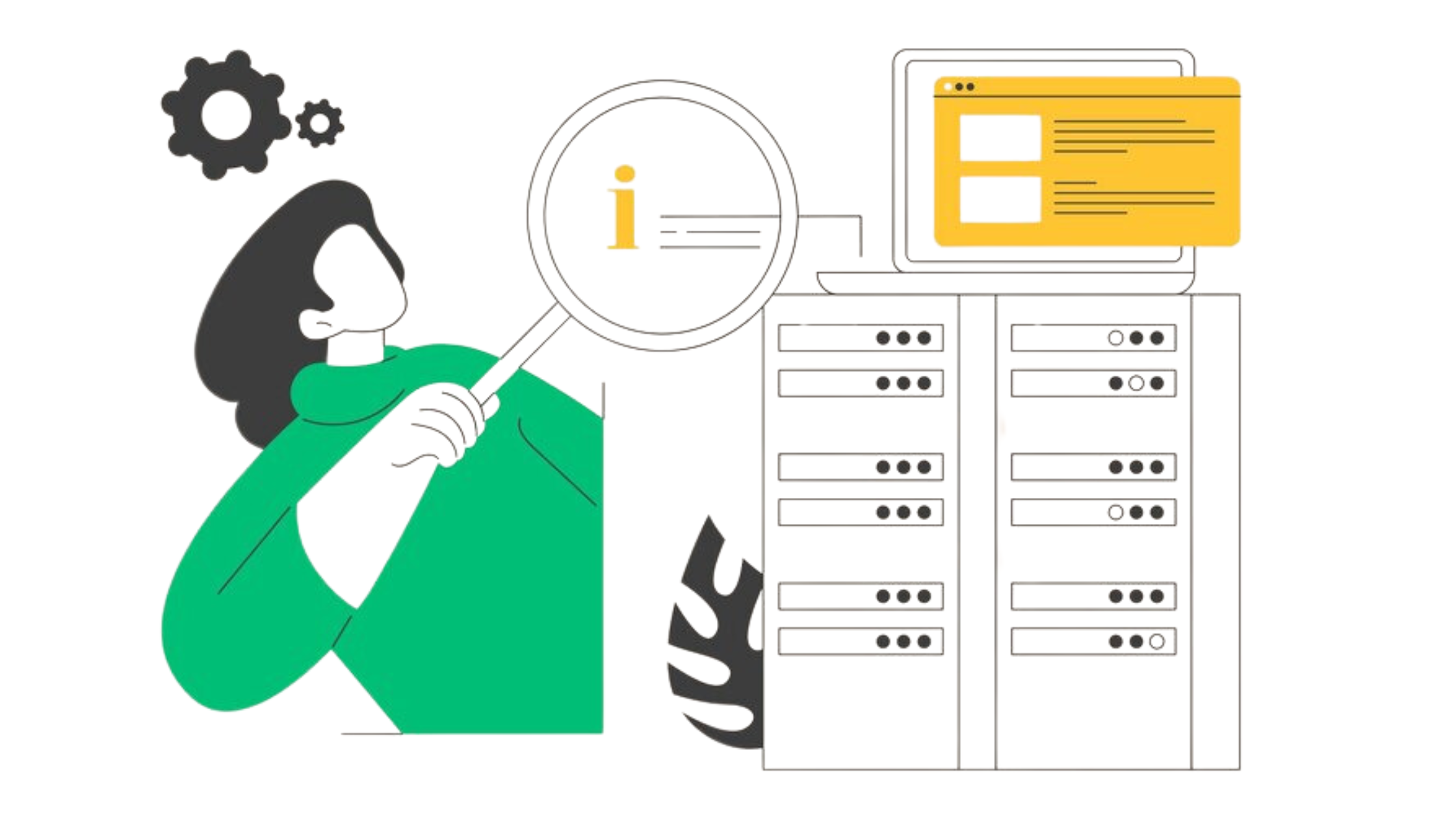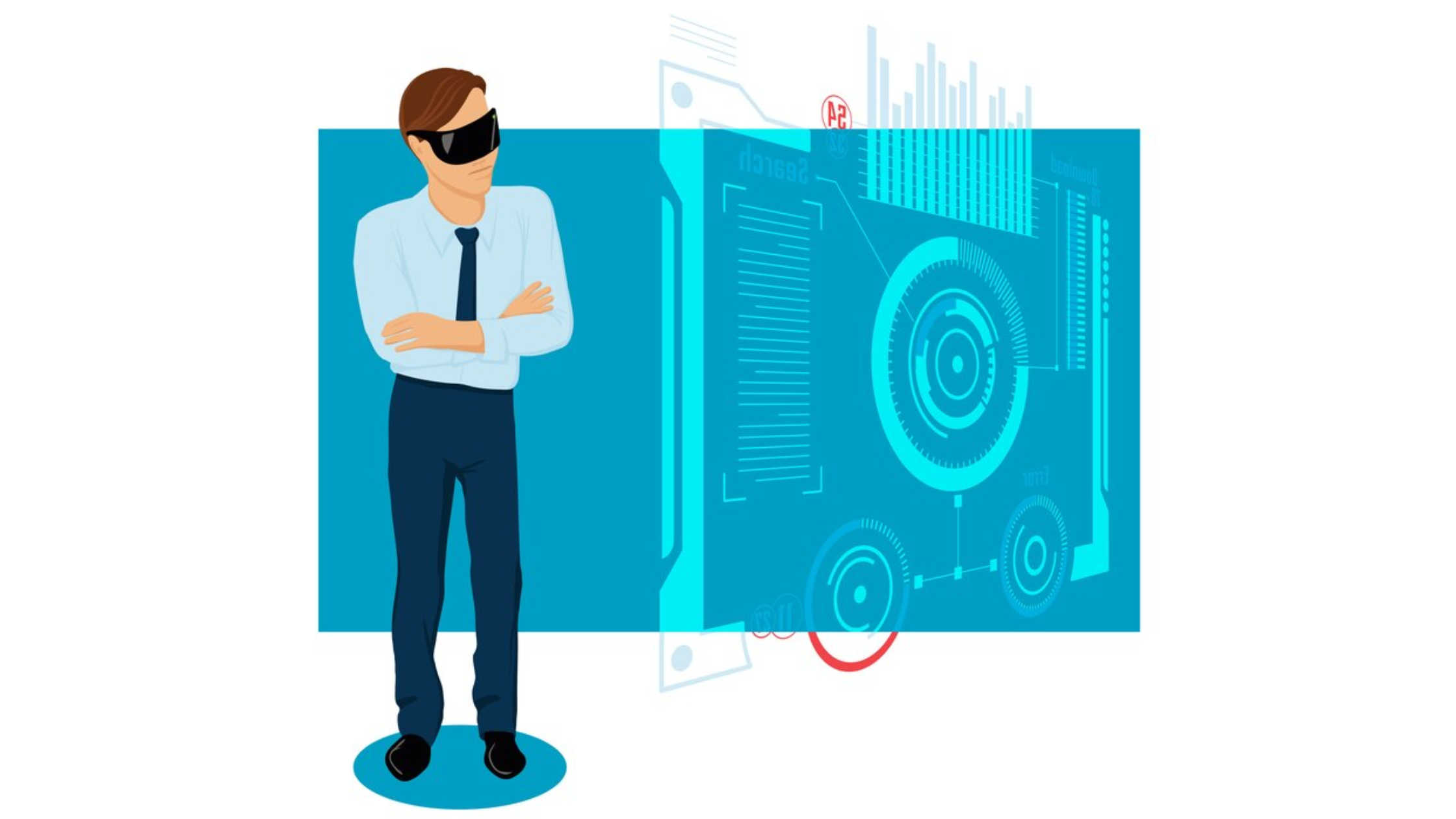MODIFIED ON: September 10, 2024 / ALIGNMINDS TECHNOLOGIES / 0 COMMENTS

Computer vision empowers machines to “see” and interpret the visual world.
It holds immense potential! In 2022, global computer vision market size was valued at USD 14.10 billion. While it is expected to only grow at a compound annual growth rate (CAGR) of 19.6% from 2023 to 2030 .
From self-driving cars navigating bustling streets to medical diagnosis aided by intelligent image analysis – its applications are revolutionizing numerous sectors. However, this captivating sector has its challenges.
We, as computer vision engineers, must equip ourselves with the knowledge and strategies to overcome these hurdles.
Challenge 1: The Data Chasm – Scarcity, Quality, and Bias
The bedrock of any successful computer vision system is data. However, acquiring high-quality, diverse data often presents a significant challenge. Let’s delve into the three main data-related hurdles and explore strategies to navigate them:
Data Scarcity: Unlike humans who learn from observing the world around them, computer vision models require vast amounts of labeled data to train effectively. Annotating images with accurate labels (e.g., identifying objects in a scene or classifying medical scans) can be a time-consuming and expensive endeavour.

Strategy: Data Augmentation
Imagine you are a training model to detect cats in images. With limited data, the model might struggle to recognize cats in different poses, lighting conditions, or occlusions. Data augmentation comes to the rescue! This technique involves artificially expanding your dataset by applying various transformations to existing images. Here are some common data augmentation methods:
–>Rotation: Rotating images by random angles helps the model learn to recognize objects regardless of their orientation.
–>Cropping: Randomly cropping images introduces variations in scale and focus, improving the model’s ability to detect objects at different sizes and positions within the frame.
–>Flipping: Flipping images horizontally or vertically ensures the model isn’t biased towards objects appearing in a specific orientation.
–>Data Quality: Inaccurate or ambiguous data labels can lead to models that make incorrect predictions.
Strategy: Active Learning

Move from manually labeling entire datasets, active learning offers a more efficient alternative. Here’s how it works:
The model is initially trained on a small, high-quality dataset. The model then identifies the most informative data points (images where it’s least certain about the label) and queries a human annotator for labels on those specific images. The newly labeled data points are added to the training set, and the model is retrained.
–>Data Bias: If your data isn’t representative of the real world, your models will inherit those biases.
Strategy: Diverse Datasets and Fairness Considerations

Mitigating data bias requires a proactive approach. Here are some key steps: Collect diverse datasets: Strive to include images that represent a wide range of demographics, lighting conditions, and scenarios in your training data.
–>Monitor for bias: Regularly evaluate your model’s performance on subgroups within your data to identify and address any potential biases.
–>Fairness-aware algorithms: Explore techniques like fairness-aware learning algorithms that can help mitigate bias during the model training process.
Challenge 2: The Model Maze – Choosing the Right Path
Selecting the appropriate model architecture for your computer vision task is akin to navigating a maze. Choosing an overly complex model can lead to overfitting, where the model memorizes the training data peculiarities and needs to generalize well to unseen examples. Conversely, a model that’s too simple might be underfit and needs more capacity to capture the intricacies of your data. Here, we will explore the challenges associated with model selection and delve into strategies for navigating this intricate landscape:
–>Model Complexity: Striking the right balance between model complexity and performance is crucial. Complex models with millions of parameters can achieve high accuracy but often suffer from overfitting and require significant computational resources for training and inference (running the model on new data). Conversely, simpler models are generally faster and more lightweight but might need more capacity to learn complex relationships within the data.
Strategy: Start Simple and Scale Up Incrementally

A prudent approach is to begin with well-established architectures like convolutional neural networks (CNNs), known for their effectiveness in computer vision tasks. CNNs are specifically designed to extract features from images and have proven successful in various applications.
As your task complexity increases, you can gradually add complexity to the model architecture by introducing additional layers or exploring deeper networks like VGG or ResNet. This measured approach allows you to assess the trade-off between accuracy and computational cost, ensuring you achieve optimal performance without unnecessary resource consumption.
–>Computational Constraints: Not all computer vision models are created equal. When choosing an architecture, consider the limitations of the environment where your model will be deployed (e.g., mobile phones, embedded systems).
Strategy: Model Pruning and Quantization
Even with a well-chosen architecture, you may need to optimize the model for deployment on devices with limited resources. Here are two effective strategies:
–>Model Pruning: This technique involves identifying and removing redundant connections or neurons within the model that contribute minimally to its overall performance. Pruning helps reduce the model size and computational footprint without significantly impacting accuracy.
–>Quantization: This process involves representing the model’s weights and activations in lower-precision formats (e.g., from float32 to int8). This reduces the model’s memory footprint and accelerates inference speed, making it suitable for deployment on devices with limited memory and processing power.
–>The Hyperparameter Hysteria: Hyperparameters are the knobs and levers that control the training process of a machine-learning model. Finding the optimal settings for these hyperparameters can be a time-consuming and laborious process, akin to meticulously tuning a musical instrument to achieve perfect pitch. Inappropriately tuned hyperparameters can lead to subpar model performance.
Strategy: Automated Hyperparameter Optimization (HPO)
Manually trying out different combinations of hyperparameter values can take time and effort. Here’s where automated HPO libraries like Hyperopt or TuneGrid come to the rescue. These tools allow you to define the search space for your hyperparameters and employ various optimization algorithms to automatically identify the settings that yield the best model performance on a validation dataset.
Challenge 3: The Deployment Dilemma: Bridging the Gap Between Lab and Reality
The journey continues after training a high-performing computer vision model in a controlled lab environment. The true test lies in deploying the model into the real world, where it encounters unforeseen variations and complexities.

–>Real-World Conditions: Real-world environments are inherently unpredictable. Variations in lighting, occlusions (objects partially blocking the view), image quality, and camera angles can significantly impact a model’s performance. A model trained on perfectly lit, high-resolution images might struggle to recognize objects in low-light conditions or when they are partially obscured.
Strategy: Simulate the Real World and Continuous Learning
To bridge this gap, it’s crucial to incorporate data that closely resembles the deployment environment during the training process. Here are two effective approaches:
–>Data Augmentation with Realistic Variations: We previously discussed data augmentation techniques. In the context of deployment challenges, you can specifically focus on augmentations that simulate real-world variations. This might include adding noise to images to represent low-light conditions, introducing occlusions, or applying random blurring effects.
–>Domain Adaptation: If acquiring data from the actual deployment environment is impractical, domain adaptation techniques can be employed. These techniques aim to reduce the discrepancy between the training data distribution and the target deployment domain.
–>Evolving Environments: The real world is constantly in flux. Fashion trends change, objects get redesigned, and lighting conditions fluctuate. A model that performs well today might need help to adapt to these ongoing changes over time.
Strategy: Continuous Learning
Here’s where the concept of continuous learning comes into play. Traditional machine learning models are static – once trained, they don’t adapt to new data. Continuous learning approaches enable models to learn and improve incrementally as they encounter new data during deployment. This can be achieved through techniques like online learning or federated learning, where the model can be updated with new information without requiring a complete re-training process.
Found this article interesting?
For more such interesting articles or to experience the application of these strategies in the real-world connect with AlignMinds today!
Leave a reply
Your email address will not be published.
-
Recent Posts
- The Role of AI in Business Growth: Top Trends for 2025 and Beyond
- The Evolution of Voice Search in AI: What’s Next for 2025?
- How to Hire an AI Developer: A Complete Guide 2025
- Top 10 Android App Development Trends in 2025
- Top Trends in Product Modernization for 2025 and Beyond
-
Categories
- MVP Development (5)
- AlignMinds (56)
- Operating Systems (1)
- Android POS (3)
- Application Hosting (1)
- Artificial Intelligence (49)
- Big Data (2)
- Blockchain (1)
- Cloud Application Development (8)
- Software Development (39)
- Software Testing (9)
- Strategy & User Experience Design (4)
- Web Application Development (28)
- Cyber Security (6)
- Outsourcing (7)
- Programming Languages (3)
- DevOps (5)
- Software Designing (6)
- How to Code (4)
- Internet of Things (1)
- Machine Learning (2)
- Mobile App Marketing (5)
- Mobile Application Development (25)
- Mobile Applications (11)







